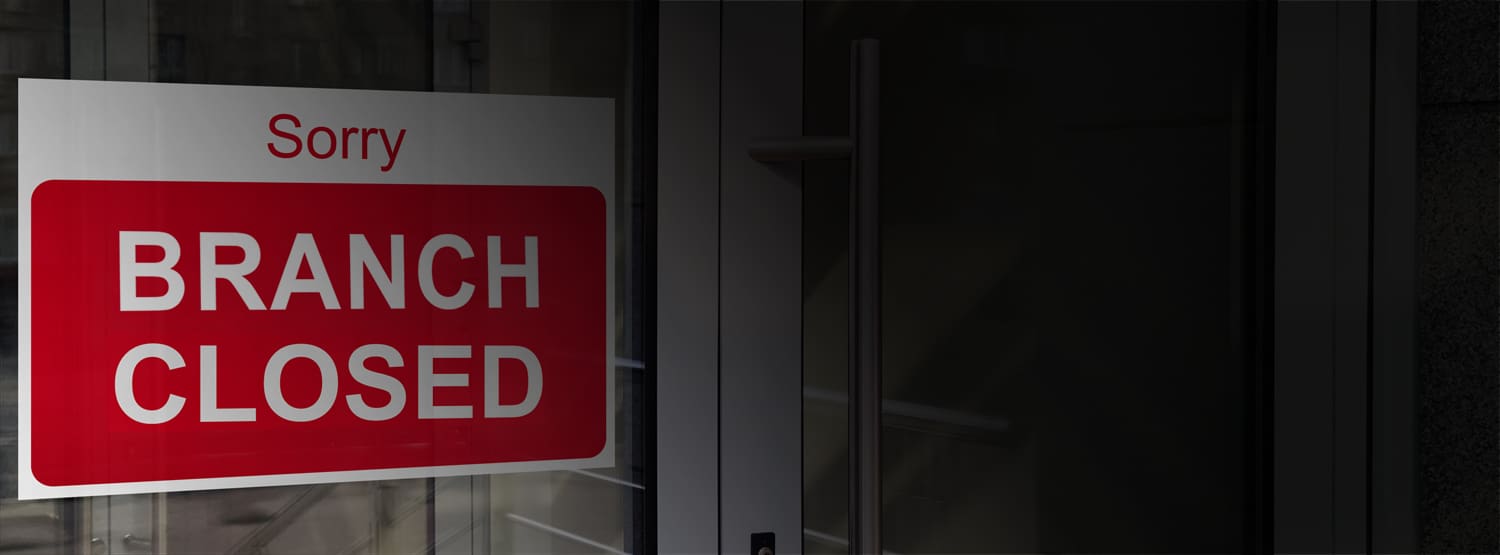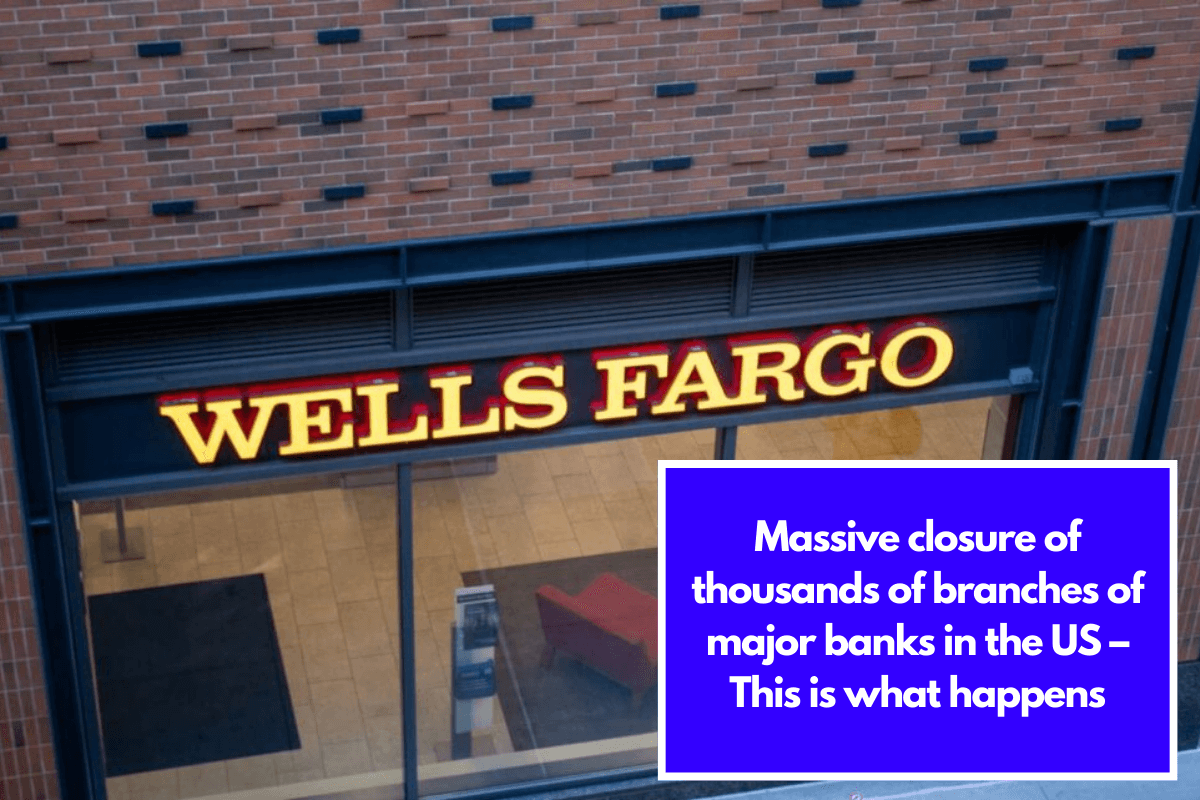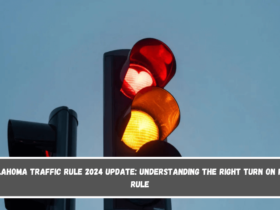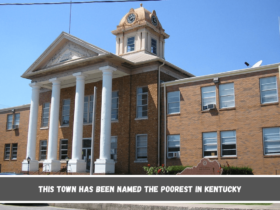Over 700 bank offices across the country have closed in the first three months of this year. This makes it harder for thousands of customers to get to services they need from their banks.
Between January and September, 132 Bank of America stores were closed, which was more than any other bank. Other big banks did the same thing. In the same time period, Wells Fargo closed 92 branches, Chase closed 90, and TD Bank closed 52.
Along with these large-scale closures, a number of smaller institutions also closed, leading to a total decrease in physical sites. Some of these banks are PNC, Citizens Bank, Woodforest, Fulton, and Capitol One, though the number of banks they closed as a whole was less than that of the bigger banks.
Some states that had a lot of branch closings were New York (64 branches closed in 2024), Pennsylvania, Texas, Ohio, Florida, and New Jersey (which all had between 41 and 47 losses during this time).
As things stand, over 1,000 bank branches will have closed by the end of this year alone if the current trend continues.
Looking further ahead, new research suggests that the last physical bank branches in the U.S. could close as soon as 2041 if the current trend continues, though there is no convincing evidence that all banking services will truly be moved online. Self Financial did a study that showed that, on average, 1,646 branches have closed each year since 2018, which is what this prediction is based on.

Reasons why bank branches closures have become so common
Many banks consolidate branches, merging two local offices into one larger one, which may explain the high frequency of closures. A Bank of America representative said many closures are part of this consolidation effort. “Our financial center network is core to our business and gives us a strategic advantage,” the representative said.
They also said the bank launched over 40 additional financial centers in 2024 and adjusts branch sites based on foot traffic and customer needs. They said merging nearby branches or moving them to better locations caused most of the closures this year.
Many clients still use physical branches, especially for services that are hard to get online, despite the growing use of digital banking. While many Americans do most of their banking online, many still visit branches for specific requirements.
A research found that nearly two-thirds of U.S. adults deposit cash at bank branches, while over half prefer in-person bank adviser encounters. Older customers may struggle with mobile banking tools. A recent survey found that 39% of respondents trust banks with physical branches more than internet banks.
Many of the banks closing acknowledge this trend in customer preferences toward internet banking. A U.S. Bank representative stated that “clients’ banking preferences and behaviors are changing, including a rapid migration toward digital and mobile banking platforms, and a desire for greater simplicity.”
Thus, the bank is reassessing its physical presence, consolidating branches, and improving its digital offerings. U.S. Bank is opening and modernizing branches despite closings.
The financial savings of closing branches also drive this tendency. Freestanding branches cost $2.6 million per year, hence many institutions prefer consolidation and closure to save money.
The Office of the Comptroller of the Currency (OCC), the federal regulator that regulates major banks, releases a weekly overview of branch openings and closures.
Bank of America and U.S. Bank shared sentiments with Wells Fargo, another significant branch closure player. While optimizing its branch network, Wells Fargo maintains that physical facilities, along with digital platforms and ATMs, are vital to their service strategy.
The representative added that Wells Fargo is opening new locations and upgrading old ones to minimize customer and community disruptions.











Leave a Reply